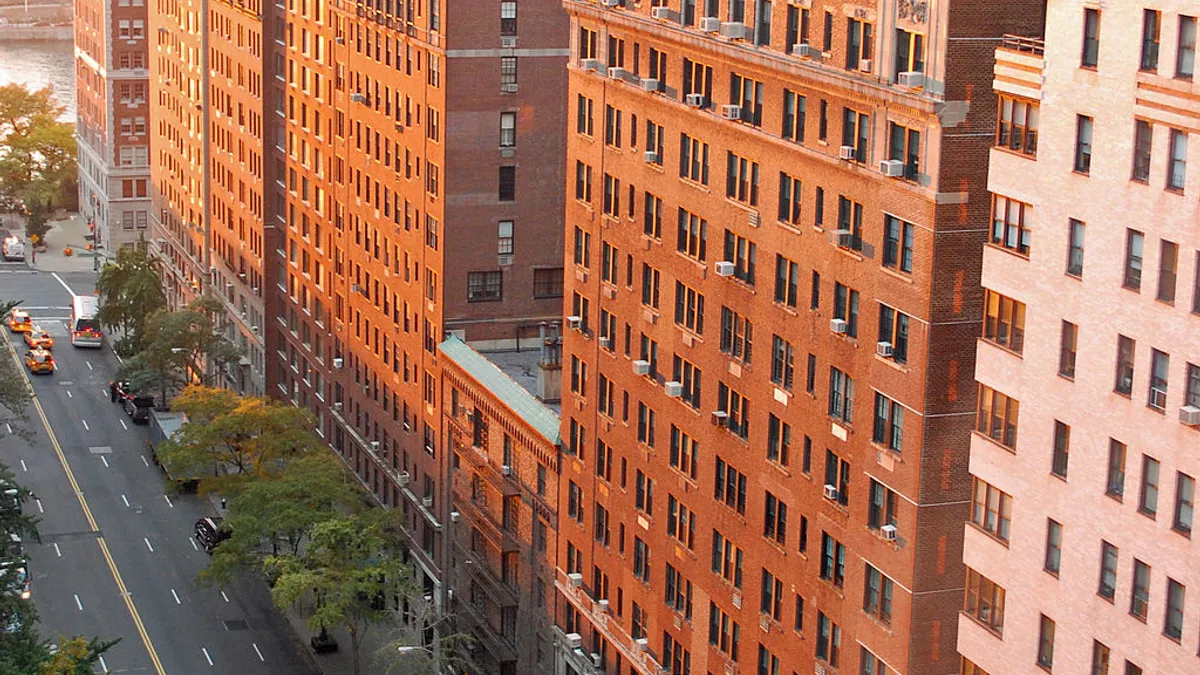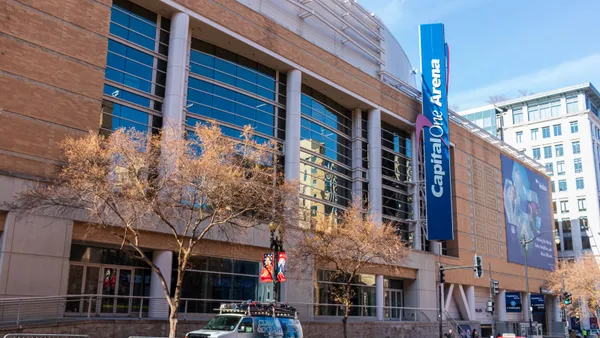Dive Brief:
- The median rent for the bottom one-third of the apartment market is rising faster than the overall U.S. rental market, according to a Zillow analysis of 15 major cities.
- This trend is driven largely by the lack of new construction at the lower end of the apartment market, as developers are focusing attention on the luxury side.
- California has seen the most significant effects of this rental discrepancy, as rents at the lower end of the market have increased 33% in the last year, but median rents in the overall market have only increased 7%.
Dive Insight:
Zillow Chief Economist Svenja Gudell said the apartment market is seeing a "growing divide" as demand far outpaces supply at the lower and middle areas of the market. "As a result, these segments are becoming very competitive, as both new renters look to find their first place and existing renters get shut out of homeownership because of extremely limited for-sale inventory," Gudell said in a release. "Apartment construction at the low end needs to start ramping up, and soon, in order to see real improvement."
A June analysis of U.S. Census Bureau data from Apartment List found that rents, adjusted for inflation, are now 64% more expensive than they were in 1960. Rent growth has outpaced the overall rise in U.S. income by more than 350%. According to the report, higher construction costs, additional regulations and heightened demand for space in cities have all contributed to the surge in rents.
This trend of a lack of available affordable inventory is also occurring in the homebuying market, as potential buyers struggle to find starter homes in their price range. A May CNBC report found that the regulatory costs of building new homes are so high that they are keeping homebuilders and developers from wading into the entry-level market — and instead focusing on the sure bet of the luxury sector.
A June report from the Urban Institute reinforced this inadequate pace of new home construction, as it found that there are only six new homes built for every 10 new U.S. households. Real estate organizations have urged homebuilders to ramp up new home construction, but builders have countered that increasing regulatory costs, which the National Association of Home Builders reported can add nearly 25% to a home's price, are keeping them from increasing new construction.













